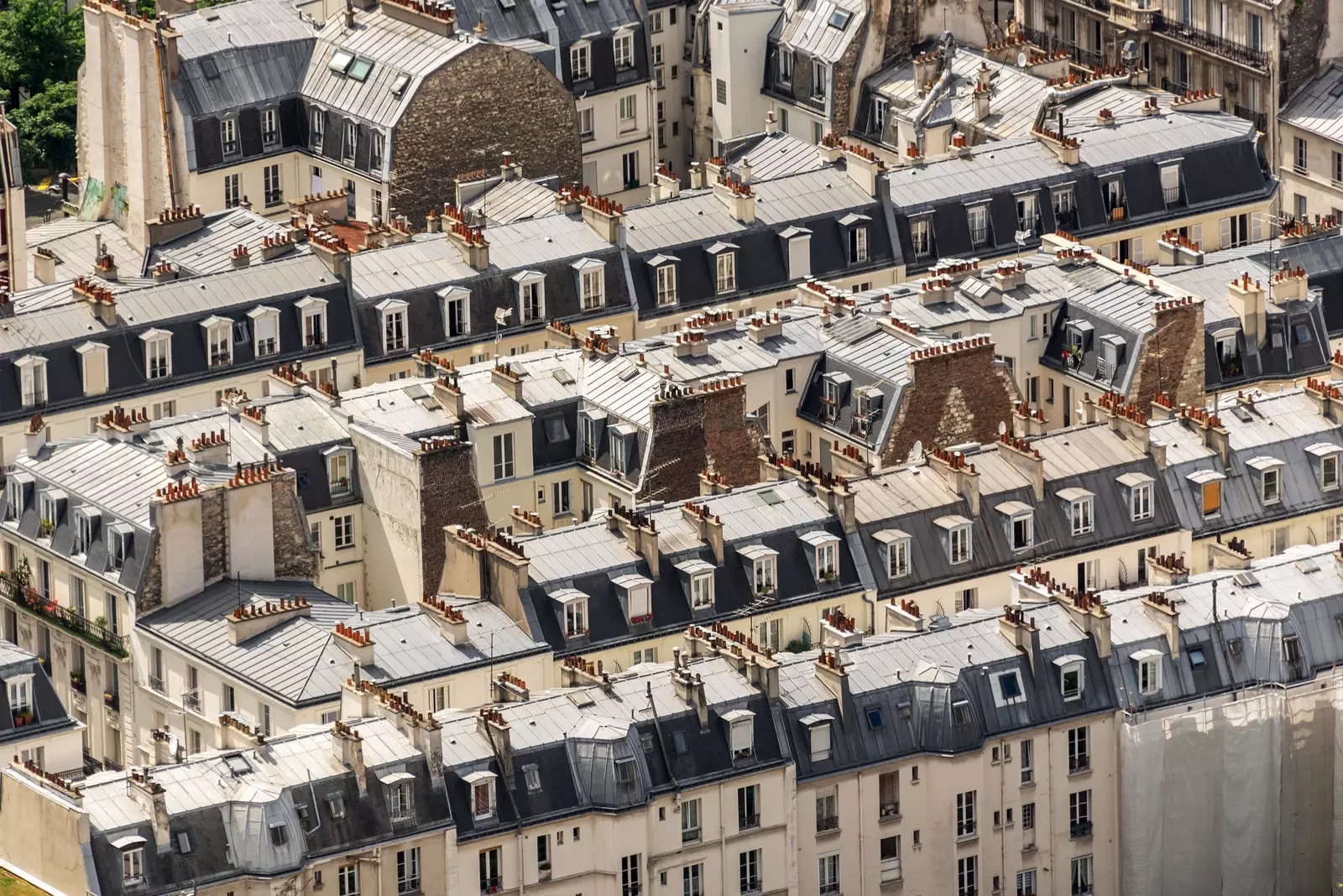
Haussmanian buildings in Paris, with their traditional zinc roofs and chimneys.
In the mid-nineteenth century, Paris did not meet the health, transportation, security and housing needs of the prosperous bourgeoisie, so in 1852, inspired by the modernity of London, Napoleon III appointed Baron Georges-Eugène Haussmann as Prefect of the Seine, to oversee the colossal renovation of the city. This launched the operation "the evisceration of Paris", demolishing the historical vestiges of the past, narrow, labyrinthine, dirty, dark and old and, at the same time, full of charm.
Few neighborhoods managed to save themselves from destruction, like the medieval and charming Le Marais, a part of the 5th arrondissement, of Saint-Germain-des-Prés, of the Faubourg Saint-Honoré, of the Latin quartier and of the île Saint-Louis… today admired for its beauty, authenticity and antiquity.
So Haussmann, with the idea of improving nineteenth-century Paris, reorganized the urban layout in a disproportionate work that lasted about 20 years. He erected squares, parks, a sewage system, fountains, public baths and railway stations, the Paris Opera, the theaters of the Place du Châtelet, the now defunct Les Halles market, and the twelve arteries that start from the Place Charles-de-Gaulle, dominated by the Arc de Triomphe.
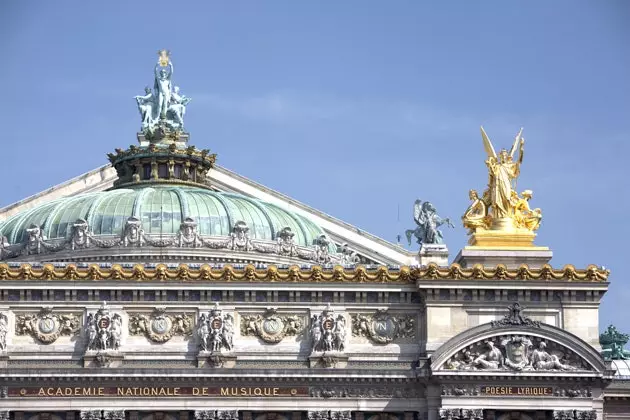
Opera Garnier (Paris Opera), one of the most characteristic buildings of the IX District of Paris.
Going from 12 to 20 arrondissements, he designed a network of monumental streets and boulevards flanked by rows of symmetrical buildings of harmonious homogeneity, which also in times of disturbances would allow French troops to move easily to maintain order.
To recognize a Haussmann-style building, The first differentiating element is the façade, organized horizontally to give continuity to the blocks. Made of pierre de taille, with a local cream-colored limestone, they respect the same height, this being proportional to the width of the road, reaching up to 20 meters, without exceeding six floors, in addition to their famous roofs characterized by their beautiful and inclined zinc mansard roofs.
The design of its facades followed strict codes with the intention of creating a single architectural line, being its details, columns, carvings, corbels or coatings, those that differentiated the architect, who signed them.
Unlike in the past, when the rich and poor neighborhoods were separated, with Haussmann, they began to live under the same roof, creating an authentic social revolution that changed customs. Its buildings housed one dwelling per level and the aesthetics of each floor was an indicator of social hierarchy, being the price of the rent descending as the height increased, due to the luxury of avoiding climbing stairs.
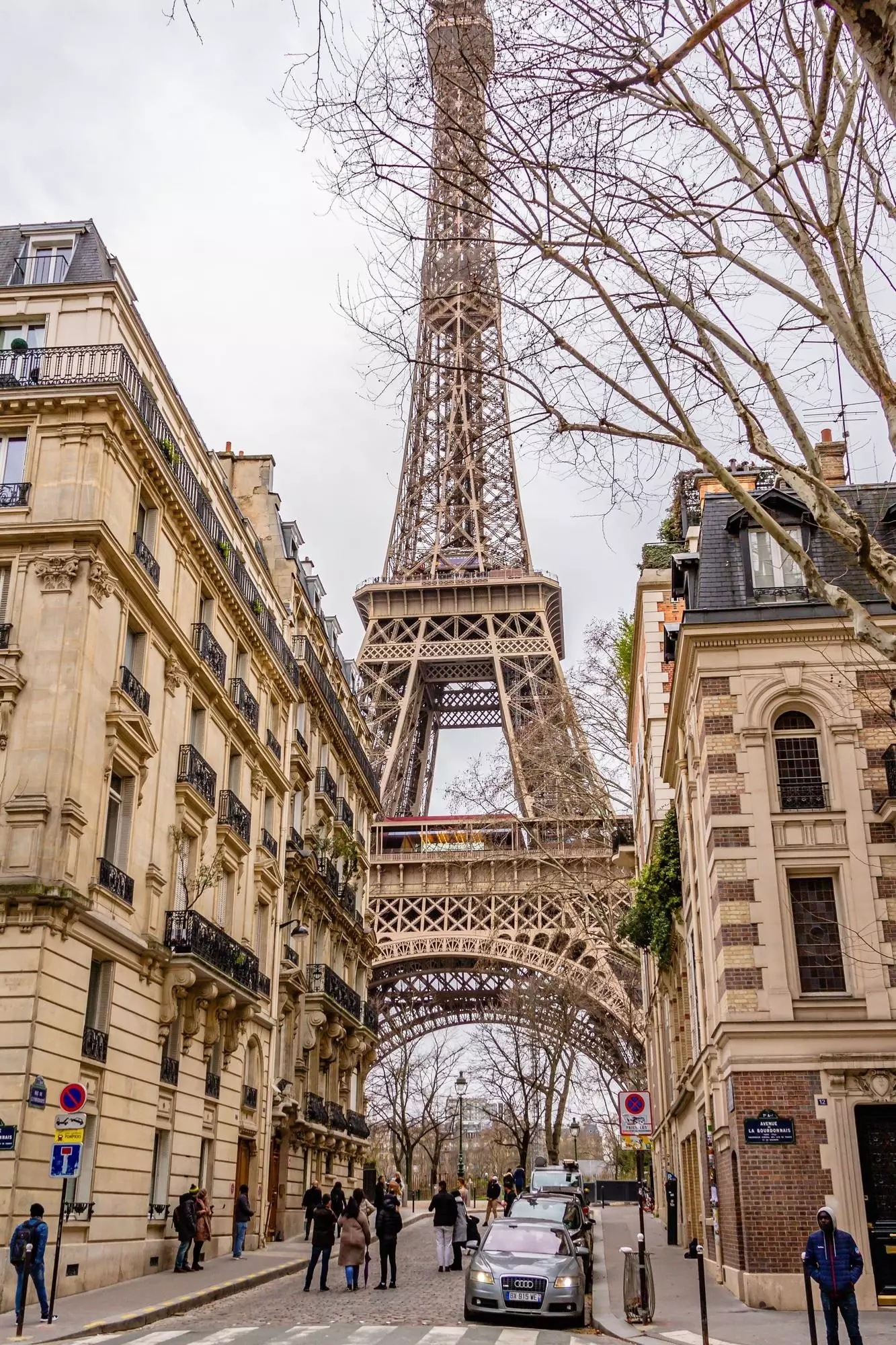
The Eiffel Tower between Haussmanian buildings on rue de l'Université.
STRUCTURE
The rez-de-chaussée, or ground floor, has high ceilings and served to accommodate shops, stores and cafes, that brought social life to the quartiers, with the exception of the so-called "haute bourgeoisie" buildings.
The first floor has low ceilings and is generally It was used as a warehouse of said businesses.
The second 'noble' floor was occupied by the wealthiest families. Large window frames are enriched with decorations and boast of their continuous balconies, 'en enfilade', with worked iron forges.
The third and fourth floors present identical windows, less elaborate.
The fifth floor usually has a simple but large balcony running along the entire facade, to give balance and uniformity to the building.
The top floor was accessed by taking a separate and narrow service staircase, which sometimes led to the kitchens. Its ceilings are sloping ceilings and it was divided into small rooms with small windows. These ended up being called 'chambres de bonne' since they traditionally housed the domestic staff. They have now been **transformed into tiny studios. **
With the appearance of the elevator in 1870 the status is reversed, being in general the upper floors more appreciated for the luminosity and the views.
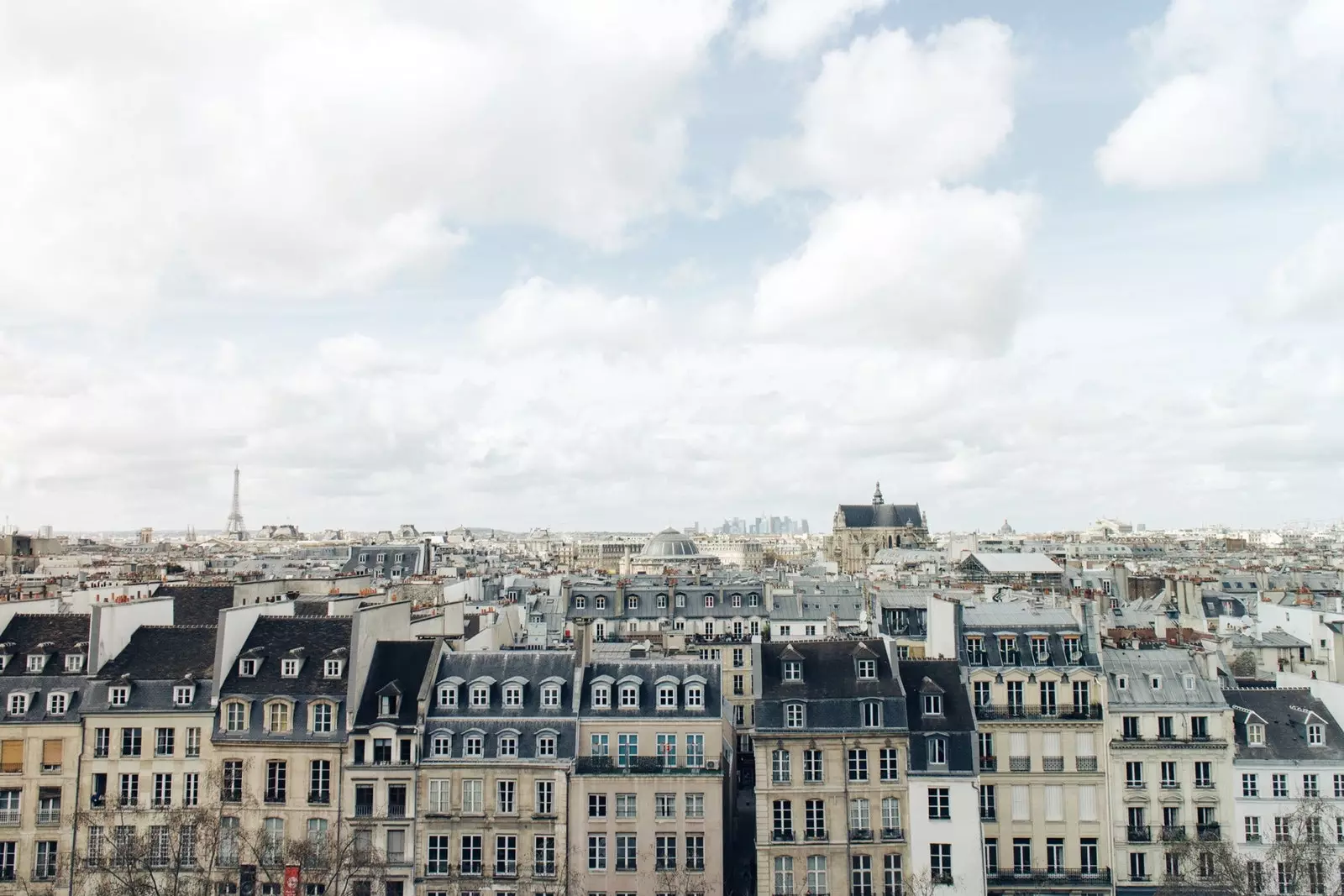
The design of its facades creates a single architectural line.
INSIDE
Their homes receive with a hall that leads to a corridor to which all the rooms of the apartment lead. These are richly ornamented –decorated with golden mirrors and distinguished marble fireplaces–, they are large and communicate with each other, which gives them a palatial appearance.
Its ceilings and walls are beautifully decorated with classic elements, moldings, rosettes and cornices , the floors are made of oak wood, often in the shape of a herringbone, and the large doors often have panels.
The main use rooms face the street and the wet areas to the inner courtyard. Little by little their comfort evolves and they are provided with running water and gas for lighting.
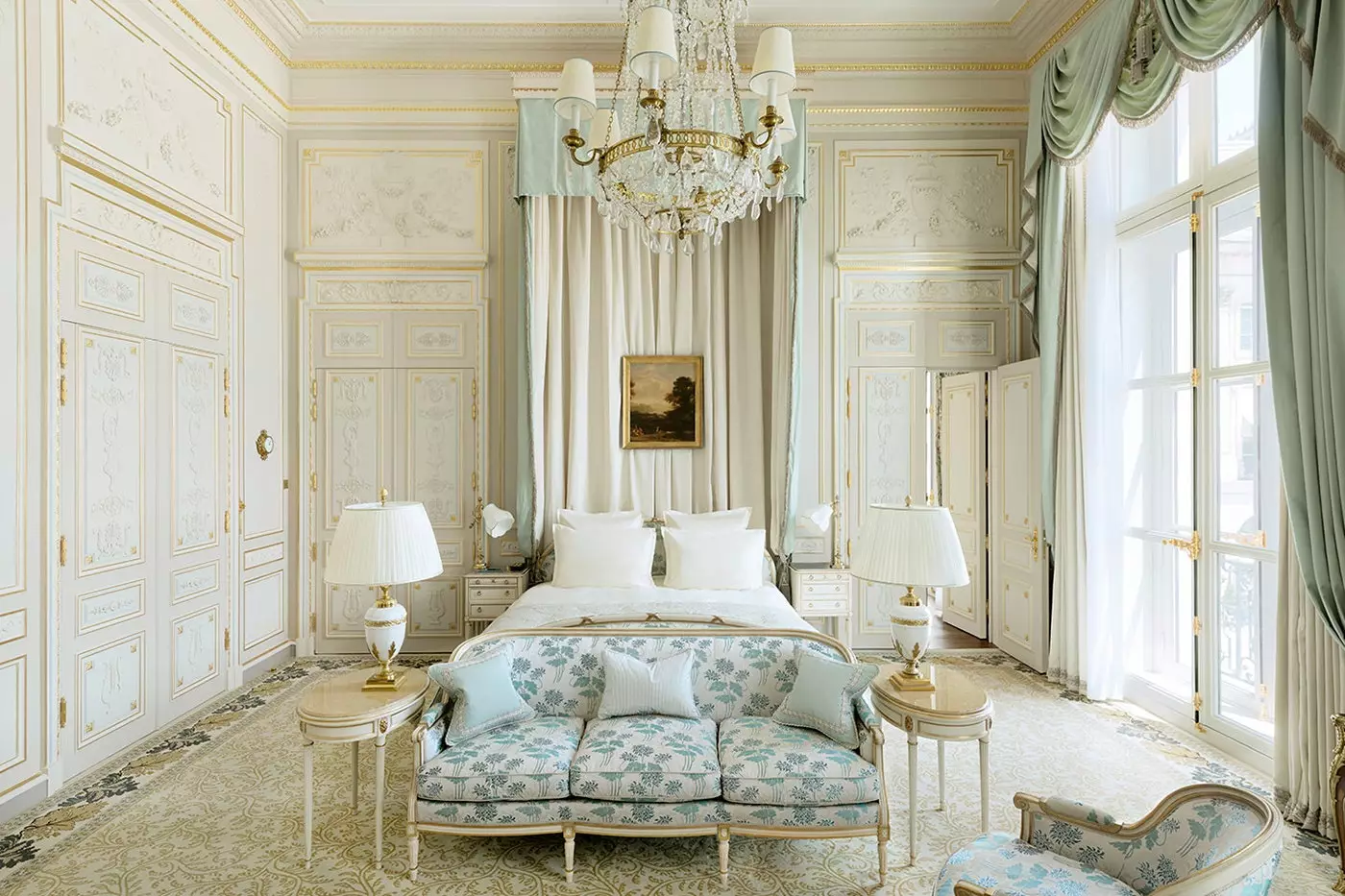
The interior of the Ritz hotel in Paris keeps that historical and stately flavor.
The Paris Haussmannien represents about 60% of the city, being significant, among others, avenue de l'Opéra, rue de Rivoli, boulevard Saint-Michel, boulevard de Sébastopol, rue de Turbigo, rue du 4 Septembre, rue Gay-Lussac, rue des Écoles or the boulevard of Port-Royal, some illustrated by great artists of the time such as Gustave Caillebotte.
Definitely, Haussmann's celebrated legacy improved the quality of life in Paris. But this draconian project had many detractors who considered it as the grandiloquent whim of the emperor and a pharaonic real estate speculation, which, protected by the need to reform the city, applied forced expropriations, eliminated numerous streets and some 20,000 old buildings.
If we had lived in that period, would we have been fascinated by Haussmann's magnificent, visionary and opulent urban plan or would we have dismissed it as ostentatious madness and great parisian gentrification of the 19th century?
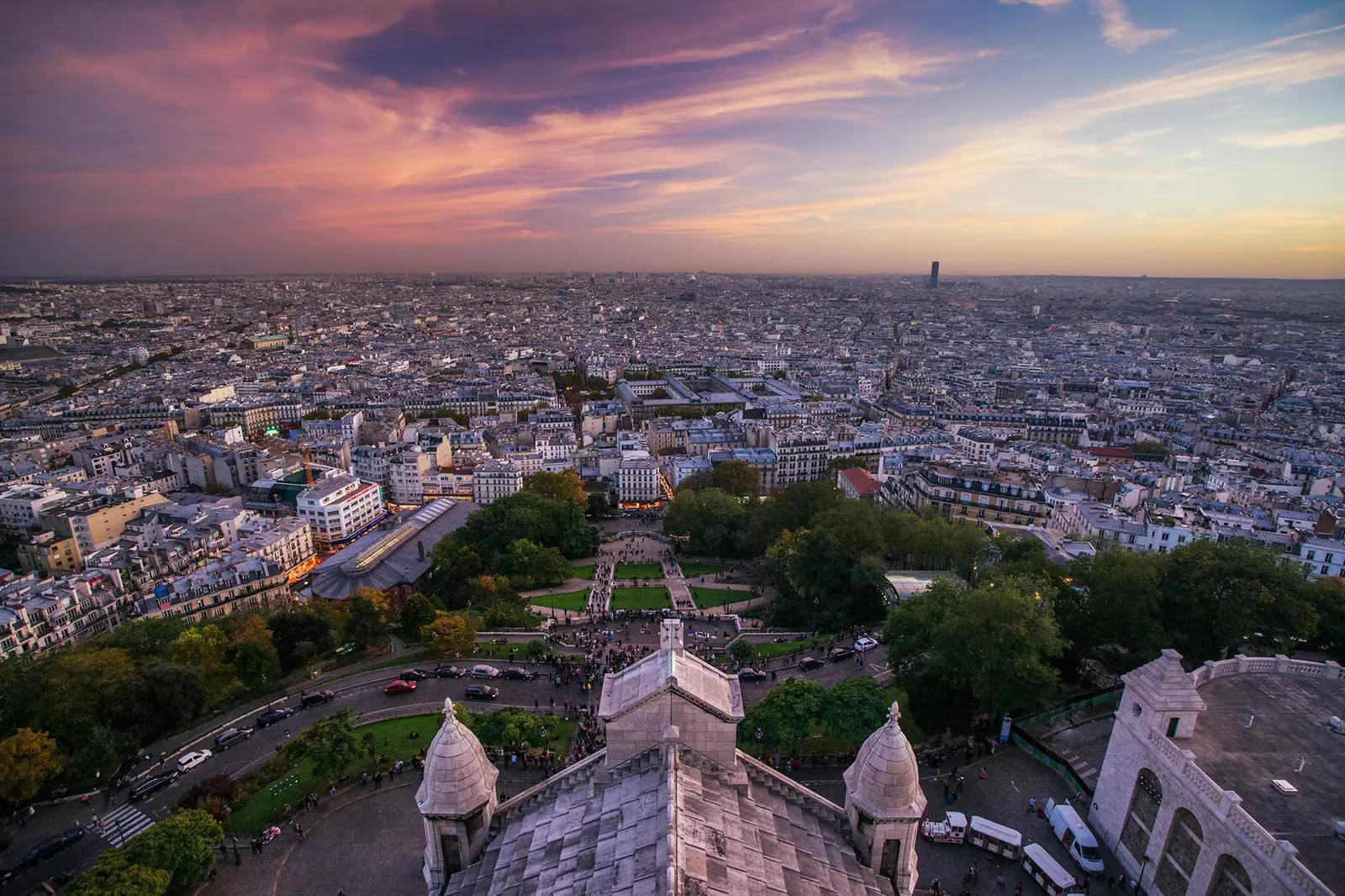
Was Haussmann's legacy the great Parisian gentrification of the 19th century?
